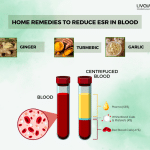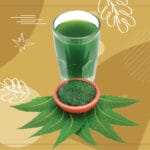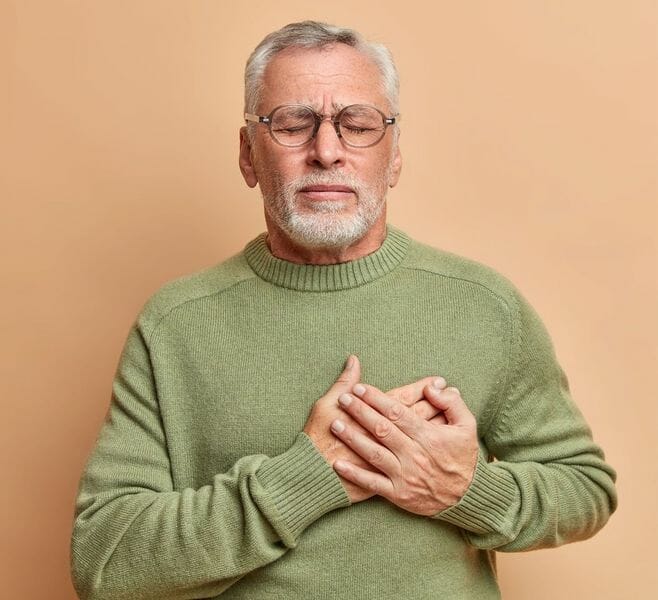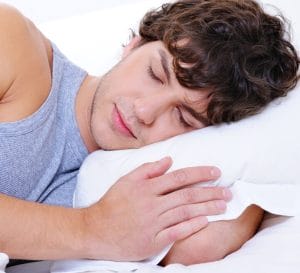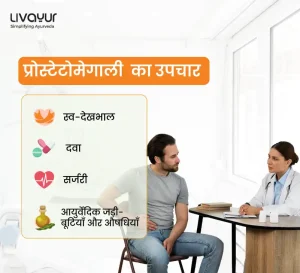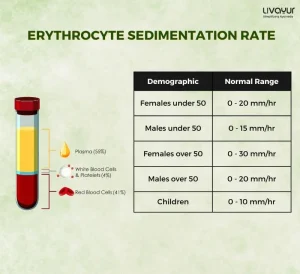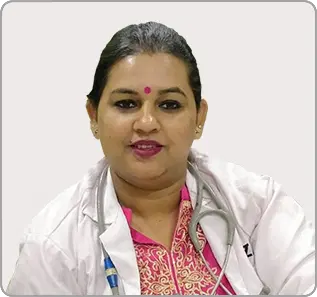Reviewed by Dr. Jyoti Lakhani and team
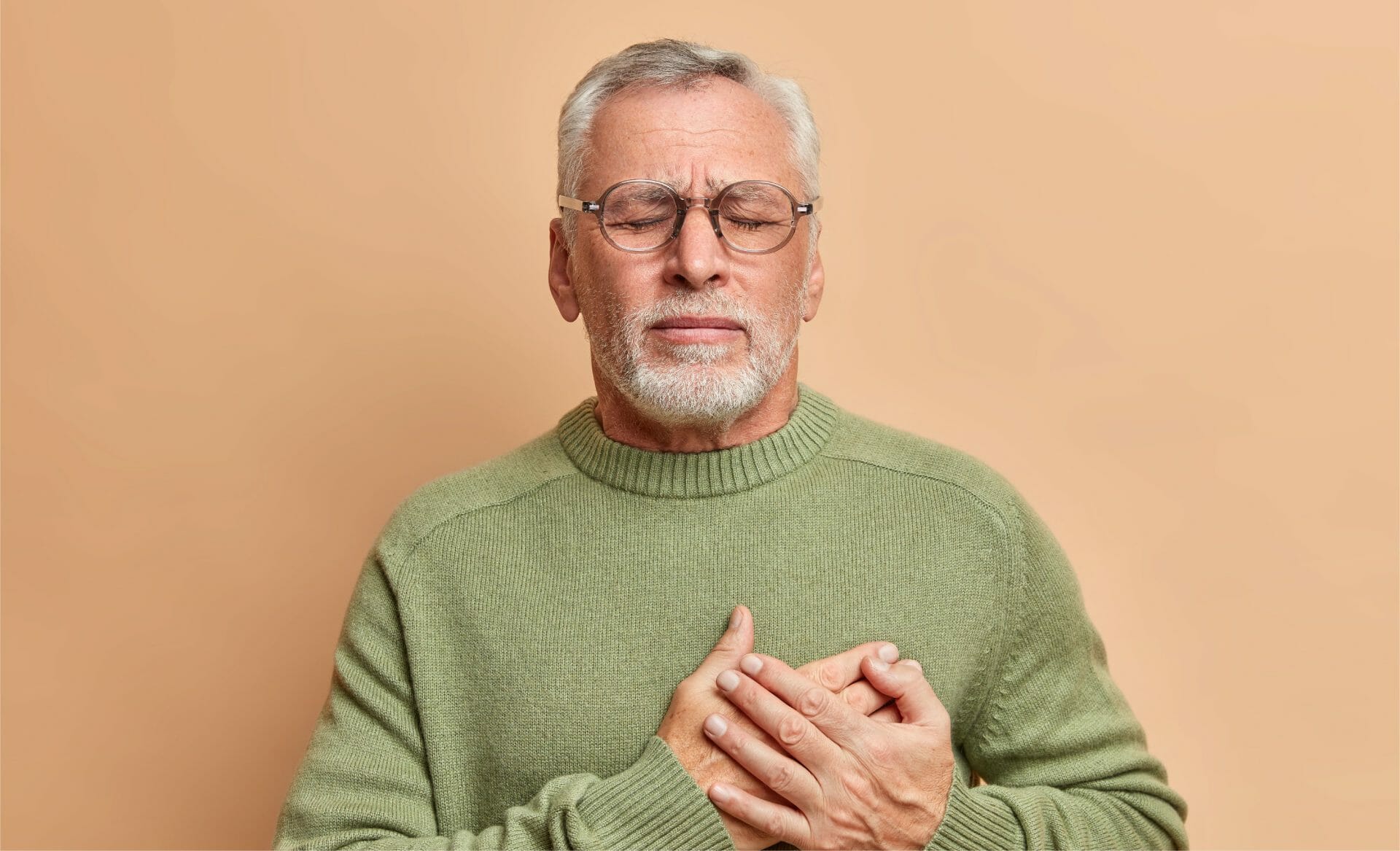
In Ayurveda, the heart is considered one of the vital organs responsible for circulating energy (prana) throughout the body. [1] A precisely coordinated electrical system governs a rhythmic contraction to pump blood using the circulatory system. However, sometimes this system works properly, leading to a condition known as arrhythmia. In this article, we will delve into the world of arrhythmia, exploring its symptoms, causes, types, diagnosis, and treatment options.
Understanding Arrhythmia
Arrhythmia refers to an irregular heartbeat rhythm. This irregularity can manifest in various ways, from a heart that beats too quickly (tachycardia) to a heart that beats too slowly (bradycardia). While occasional irregular heartbeats are common and usually harmless, persistent or severe arrhythmias can disrupt blood flow, leading to serious health issues, including stroke or heart failure. [2] [3]
Symptoms of Arrhythmia
Arrhythmias can present with a range of symptoms, varying in intensity from mild to severe. Common symptoms include:
- Palpitations
A noticeable feeling of a racing, fluttering, or pounding heart. [4]
- Dizziness or Lightheadedness
Insufficient blood flow to the brain can cause feelings of dizziness or faintness. [4]
- Shortness of Breath
Difficulty breathing, especially during physical activity or rest, can indicate an arrhythmia. [4]
- Chest Pain or Discomfort
Some arrhythmias can lead to chest pain, which may feel like a squeezing sensation. [4]
- Fatigue
Unexplained fatigue or weakness can result from reduced blood flow and oxygen supply. [4]
Causes of Arrhythmia
Arrhythmias can be triggered by various factors, including:
- Heart Conditions
Underlying heart conditions such as coronary artery disease, heart attack, heart failure, or valvular heart disease can disrupt the heart’s electrical system. [5] [6]
- Electrolyte Imbalance
Abnormal levels of electrolytes, such as potassium, sodium, or calcium, can affect the heart’s electrical signals. [5] [6]
- Medications and Supplements
Certain medications, especially those used to treat other heart conditions or high blood pressure, can contribute to arrhythmias. [5] [6]
- Stress
High levels of stress or anxiety can impact the heart’s rhythm. [5] [6]
- Other Health Conditions
Arrhythmia can also be caused due other existing conditions in a patient’s body such as Kidney disease, Lung diseases such as chronic obstructive pulmonary disease (COPD), Obesity, sleep apnea, too much or too little thyroid hormone, and viral infections such as influenza (flu) or COVID-19. [5] [6]
Types of Arrhythmia
There exist five primary categories of arrhythmias, delineated by their impact on heart rate and their point of origin within the heart.
For adults, the standard resting heart rate falls within the range of 60 to 100 beats per minute. [7] Exceptionally well-conditioned athletes might possess resting heart rates that dip below 60. Following are the types of Arrhythmia:
- Tachycardia
Accelerated heart rhythm which induces a pulse exceeding 100 beats per minute. [7] [8]
- Bradycardia
Decelerated heart rhythm which results in a pulse of fewer than 60 beats per minute. [7] [8]
- Premature Heartbeat
An early or supplementary beat represents a prevalent and usually inconsequential form of arrhythmia that typically remains asymptomatic. The majority of healthy individuals who sporadically experience these extra beats do not necessitate treatment. Nonetheless, if you have heart disease, a premature heartbeat can escalate into a more persistent arrhythmia. [7] [8]
- Supraventricular Arrhythmias
These arrhythmias manifest as tachycardias within the atria or the atrioventricular (AV) node—specialized tissue that conducts electrical impulses from the atria to the ventricles. [7] [8] Varieties of supraventricular arrhythmias include:
- Atrial Fibrillation (AFib): An irregular and swift heartbeat, which can exhibit intermittence, prolonged duration, or permanence. [7] [8]
- Atrial Flutter: A consistent and rapid heartbeat. [7] [8]
- Paroxysmal Supraventricular Tachycardia (PSVT): An abrupt onset of rapid and regular heartbeat that terminates suddenly. [7] [8]
- Ventricular Arrhythmias
Tachycardias originating in the lower chambers of the heart carry a potential for life-threatening consequences and necessitate prompt medical intervention. [7] [8]Varieties of ventricular arrhythmias encompass:
- Ventricular Tachycardia (VT): A swift and regular heartbeat that may endure for mere seconds or extend significantly, heightening the risk of progressing into ventricular fibrillation. [7] [8]
- Ventricular Fibrillation (VFib): An expeditious and erratic heartbeat that prompts ineffective quivering of the ventricles instead of propelling blood, potentially leading to sudden cardiac arrest and death within minutes if not addressed urgently. [7] [8]
Diagnosing Arrhythmia
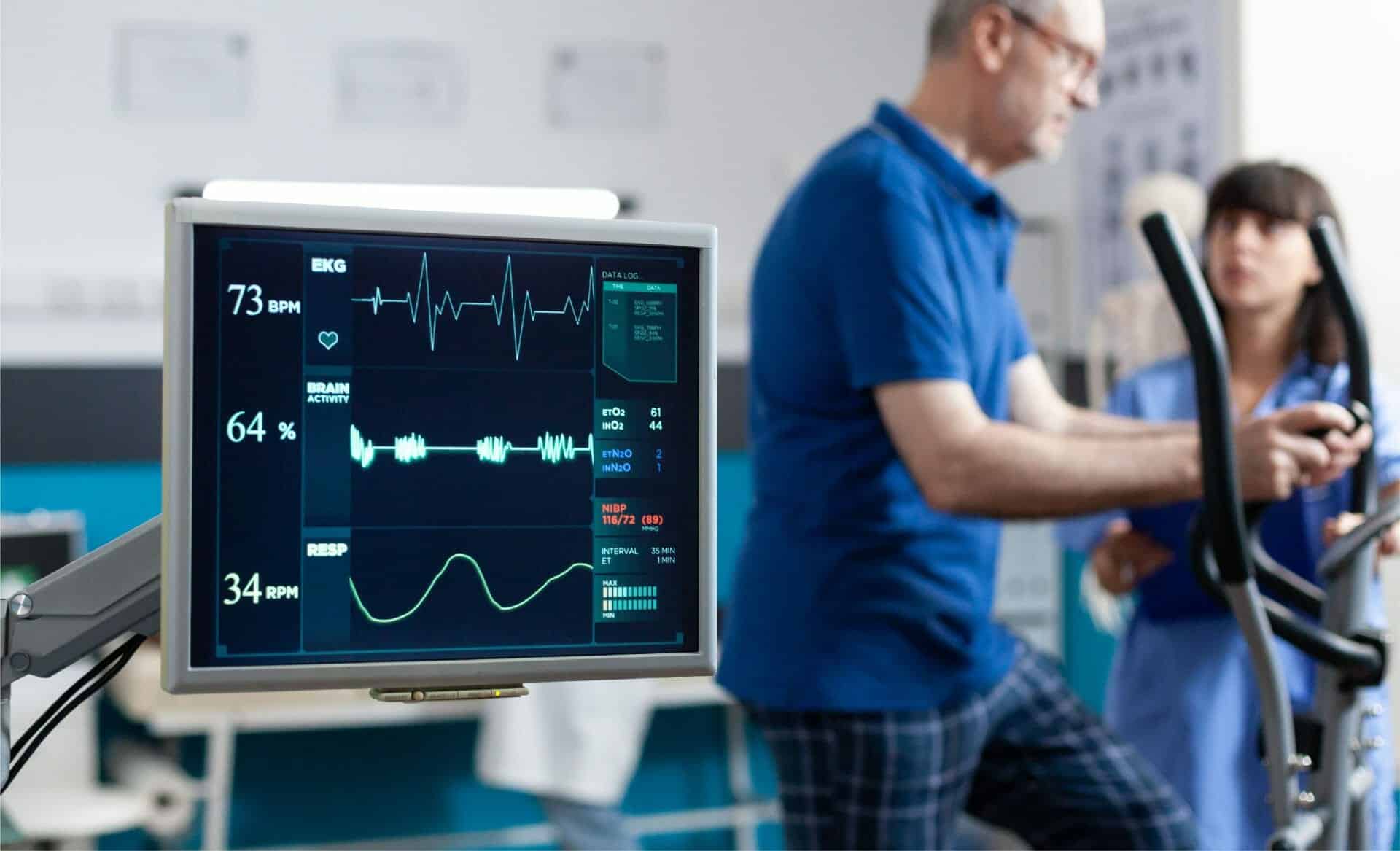
To diagnose arrhythmia, medical professionals use various tools and tests:
- Electrocardiogram (ECG/EKG)
A painless test that records the heart’s electrical activity, helping to identify irregular rhythms. [9] [10]
- Holter Monitor
A portable ECG device is worn for 24-48 hours to monitor heart activity during daily activities. [9] [10]
- Cardiac Event Monitor
Similar to a Holter monitor, this device is worn for a longer duration and activated by the patient when symptoms occur. [9] [10]
- Stress Test
Measures the heart’s performance during physical activity, helping to uncover exercise-induced arrhythmias. [9] [10]
- Electrophysiology Study (EPS)
Invasive testing involving catheters to stimulate the heart and pinpoint arrhythmia sources. [9] [10]
Treating Arrhythmia
Treatment strategies for arrhythmia vary based on the type and severity of the condition. These can include:
- Lifestyle Changes

Adopting a heart-healthy lifestyle, including a balanced diet, regular exercise, stress management, and avoiding triggers like excessive caffeine or alcohol. [11]
- Medications
Anti-arrhythmic medications help control irregular heartbeats and maintain a normal rhythm. [11]
- Cardioversion
Involves electrically shocking the heart to restore a normal rhythm, often used for AFib or certain cases of VT. [11]
- Catheter Ablation
A procedure where abnormal tissue causing the arrhythmia is destroyed using radiofrequency or cryotherapy. [11]
- Pacemaker
A Pacemaker is a small device implanted under the skin that uses electrical impulses to regulate heart rate and is often used for bradycardia. [11]
- Implantable Cardioverter Defibrillator (ICD)
Similar to a pacemaker, an ICD monitors heart rhythm and delivers shocks to correct life-threatening arrhythmias. [11]
- Surgery
In extreme cases, surgical interventions may be necessary, such as the Maze procedure for AFib or heart transplant for severe cases. [11]
Ayurvedic Perspective on Heart Health
An imbalance in the doshas—Vata, Pitta, and Kapha—can lead to health issues, including heart-related problems.
Vata Imbalance
Vata is associated with movement and circulation. An excess of Vata can disrupt the natural rhythm of the heart and lead to irregularities. To balance Vata, Ayurveda recommends practices that promote relaxation, warmth, and grounding, such as gentle exercise, warm and nourishing foods, and calming herbal remedies. [12] [13]
Pitta Imbalance
Pitta is related to metabolism and transformation. Excessive Pitta can lead to inflammation and heat in the body, potentially affecting the cardiovascular system. Cooling practices, like consuming cooling foods (e.g., cucumber, mint) and engaging in calming activities, are recommended to balance Pitta. [12] [13]
Kapha Imbalance
Kapha governs stability and structure. An accumulation of Kapha can lead to congestion and sluggish circulation. To balance Kapha, Ayurveda suggests engaging in regular physical activity, consuming light and easily digestible foods, and incorporating warming spices. [12] [13]
Ayurvedic treatments with preparations such as Mrityunjay have shown the potential in being effective in managing the condition. [14] However, such treatments at present are not known to be replacements for conventional medicine and shouldn’t be followed without the advice of a licensed practitioner.
FAQs
1. Can Ayurveda help with arrhythmia?
Ayurveda offers holistic approaches to health that can complement conventional treatments. While Ayurveda doesn’t specifically address arrhythmia, its principles of balancing doshas, maintaining a balanced lifestyle, and incorporating herbal remedies can support overall heart health. Consultation with Ayurvedic practitioners is recommended for personalized guidance.
2. Can arrhythmia be prevented?
While certain factors like genetics can’t be changed, adopting a healthy lifestyle can reduce the risk of arrhythmia. This includes maintaining a balanced diet, staying physically active, managing stress, avoiding excessive caffeine and alcohol, and adhering to prescribed medications.
3. When should I seek medical attention for arrhythmia?
If you experience persistent symptoms such as palpitations, dizziness, shortness of breath, or chest pain, it’s important to seek medical attention promptly. Additionally, if you have a history of heart conditions or a family history of arrhythmias, regular check-ups and discussions with a healthcare provider are essential.
4. Is arrhythmia a serious condition?
Some arrhythmias are relatively benign, while others can have serious implications for health, leading to complications like stroke or heart failure. It’s crucial to have any irregular heart rhythms evaluated by medical professionals to determine the appropriate level of concern and necessary interventions.
Conclusion
Arrhythmia is a complex and potentially serious condition that requires careful attention and management. Recognizing the symptoms, understanding the causes, and seeking prompt medical care are essential steps in ensuring a healthy heart rhythm. Advances in medical technology and treatment options have made it possible for individuals with arrhythmias to lead fulfilling lives, but early detection and intervention remain crucial in achieving the best possible outcomes. As with any health concern, consulting with a healthcare professional is key to managing arrhythmia effectively and safeguarding your heart health.
Disclaimer: The information provided in this article is for educational purposes only and is not a substitute for professional medical advice. Always consult a healthcare provider before making any significant changes to your lifestyle or treatment plan.
References:
- Role of Prana Vayu in human body (theyogicjournal.com)
- What is an Arrhythmia? (heart.org)
- Arrhythmias – What Is an Arrhythmia? | NHLBI, NIH
- Arrhythmias – Symptoms | NHLBI, NIH
- Cardiac Arrhythmias (elte.hu)
- Arrhythmias – Causes and Triggers | NHLBI, NIH
- Types of Arrhythmia | Stanford Health Care
- Arrhythmias – Types | NHLBI, NIH
- Arrhythmias – Diagnosis | NHLBI, NIH
- Arrhythmia – NHS (www.nhs.uk)
- Arrhythmias – Treatment | NHLBI, NIH
- Relationship between Three Ayurvedic Doshas and Heart Rate Variability Frequency Bands: A Pilot Study | Semantic Scholar
- Concept of Doshas and Dushyas in Different Cardiac Disorders (iamj.in)
- Effect of ayurvedic preparation Mrityunjay in digoxin-induced arrhythmic rats (researchgate.net)


